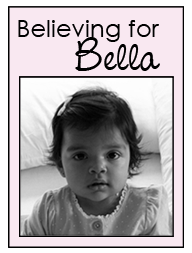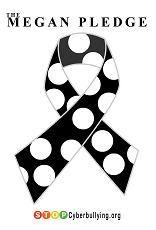Yep, apparently the majority of the training of Joey's new para is falling on me. So I put together an awesome powerpoint, starting at the beginning ("What is autism?") and tossing in all sorts of awesome tips for Speaking Joey. He actually had a decent day on Friday. I should do this a few times a year!
The first thing about my Speaking Joey guide is to remind the viewer that they should toss anything they picked up from pop media and culture about autism. None of it really applies to Joey, or not in ways you expect if you are stuck in the pop media model of what autistic people are like.
Dr. Grandin's idea of thinking in pictures and attaching every example she has ever seen of a noun to that word may seem a fascinating insight about autistic people- and it is. But with Joey, you need to apply that not just to word labels. He uses this technique of filing every word and sentence and paragraph he's ever heard or seen, and using them as placemarkers in language. When he needs a word or sentence, he zips through his catalogue and comes up with the one he wants, and puts in the relevant words as needed. The result at least sounds relevant, if not exactly what you would expect him to say. If he has no sentence in his arsenal to use, what comes out as he tries to construct one himself is an odd word-salad that has to be untangled.
Autistic people are often portrayed as needing sameness and ritual. This is mostly true. But for Joey, that translates to needing to know what is coming in terms of what the activity will be, when it will be, and who he will be doing it with. He tolerates subs at school really well if I know the night before that there will be one. He likes routines in his days as most kids do. However, when there is a sudden change, he can't process and recover as quickly as most kids.
The presentation goes over how to keep Joey participating and coping smoothly. Safe spaces, breaks, maintaining engagement/avoiding boredom, paying attention to his cues and communication style. It then goes into what to do if something goes wrong- how to handle different kinds of meltdowns, different types of bolting, and how to redirect him and de-escalate a situation. He goes through his strengths and specific issues, his likes and motivators, and things that we, as his parents, just know to do and say and think about, every minute of every day or every situation.
I understand this has now been printed out, studied, and distributed not only to the new para, but to all his teachers, with plans of distribution to the admin.
I should do this a few times a year. He had a fabulous Friday.
Subscribe to:
Post Comments (Atom)




















2 comments:
I get really annoyed with the autism stereotypes, IMO Temple Grandin and other's like her have done more harm than good with their "but I do... therefore all other's with autism have to do the same....". No, they don't all think in pictures. I have 2 - either end of the spectrum - that don't.
I hate when they build in routines so I make a huge point of not doing so at home. They don't require routines, just some idea of what you are planning to do. All I have to say is "common we're going.... " and off we go. No muss, no fuss.
I could go on and on and....
I am also tired of "professionals" that don't listen. But that's another story.....
Glad he had a good day on Fri. My eldest came home with a happy face in his agenda.... which meant a day with the "filters" in place. Hope we get a lot more of them.
I agree that all autistic kids are different. :)
Post a Comment